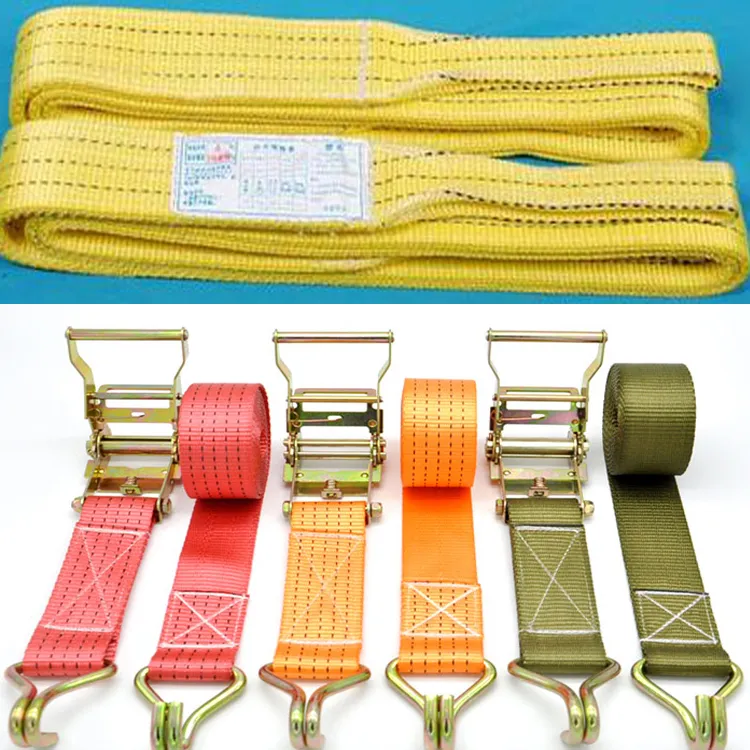Next-Generation Fully Automated Sewing Machines for Effortless Fabric Production
The Rise of Fully Automated Sewing Machines Revolutionizing the Textile Industry
The textile industry has long been a cornerstone of global trade and production, deeply rooted in history. However, as technology continues to advance, the traditional methods of sewing and garment production are undergoing a monumental transformation. At the forefront of this change are fully automated sewing machines, which promise to revolutionize not only how garments are made but also the broader implications for efficiency, sustainability, and the workforce.
The Evolution of Sewing Technology
Sewing machines have evolved dramatically since their inception in the early 19th century. Originally designed to assist human seamstresses, these machines have progressively integrated various technologies, leading to the development of semi-automated machines that require substantial human intervention. However, the dawn of robotics and artificial intelligence has paved the way for fully automated sewing machines, which can operate independently, reducing the need for manual labor.
These modern machines come equipped with advanced features such as computer vision, machine learning algorithms, and robotic manipulation. They can accurately cut fabric, sew intricate designs, and even handle the quality control processes—all without human oversight. This level of automation not only speeds up production but also enhances precision, resulting in higher-quality products.
Enhancing Efficiency and Productivity
One of the most significant advantages of fully automated sewing machines is their ability to increase efficiency. Traditional sewing processes can be time-consuming and prone to human error, whereas automated systems can perform tasks at a speed far beyond human capacity. For manufacturers, this translates into higher output levels and reduced lead times, allowing them to meet consumer demands more effectively.
Moreover, automated machines can operate continuously with minimal downtime. While human workers need breaks for rest and recovery, these machines can run around the clock, significantly increasing production capacity. This efficiency can lower costs, making it easier for companies to offer competitive pricing in the global market.
fully automated sewing machine

Sustainability and Reduced Waste
In an era where sustainability has become a critical concern, fully automated sewing machines also present an opportunity to reduce waste in the textile industry. Traditional sewing processes often result in significant fabric waste due to inaccurate cuts or errors in assembly. Automated machines, equipped with sophisticated cutting technologies and precise sewing capabilities, can minimize waste by optimizing fabric utilization.
Additionally, these machines can adhere to environmentally friendly practices, such as utilizing energy-efficient components and minimizing product defects. As more consumers prioritize sustainability in their purchasing decisions, companies that adopt automated sewing technologies can align their operations with these values, gaining a competitive edge.
The Future Workforce Adaptation and Reskilling
While the automation of sewing processes offers many advantages, it also raises important questions about the future workforce. The rise of fully automated sewing machines could lead to a reduction in demand for traditional sewing jobs, sparking anxiety among workers in the industry. However, it is essential to recognize that automation does not necessarily equate to job loss.
Instead, the introduction of automated technology creates opportunities for existing workers to adapt and reskill in new areas. Training programs can be developed to equip workers with the skills needed to operate and maintain these advanced machines, pivoting them towards more technical roles within the industry. Moreover, as production processes evolve, there will be new job categories emerging that focus on design, quality assurance, and supply chain management—roles that cannot be fully automated.
Conclusion
Fully automated sewing machines are set to transform the textile industry in profound ways. By enhancing efficiency, reducing waste, and pushing the boundaries of production capabilities, these machines are leading the charge toward a more modern and sustainable future in garment manufacturing. While the implications for the workforce present both challenges and opportunities, the overall potential of this technology to reshape the industry is undeniable. The future of sewing is not just about sewing; it's about innovation, sustainability, and collaboration between technology and the human touch.
-
Industrial Cylinder Arm Sewing Machine: Revolutionizing Heavy-Duty SewingNewsJul.28,2025
-
Cylinder Arm Sewing Machine: Perfect for Special Sewing ApplicationsNewsJul.28,2025
-
Cylinder Bed Sewing Machine: Essential for Sewing Complex MaterialsNewsJul.28,2025
-
Heavy Duty Sewing Machine: The Essential Tool for Industrial ApplicationsNewsJul.28,2025
-
Computerized Pattern Sewing Machine: Revolutionizing Precision StitchingNewsJul.28,2025
-
Heavy Duty Industrial Sewing Machine: Power Meets PrecisionNewsJul.28,2025
-
Leather Sewing Machine: The Industrial Standard for Tough MaterialsNewsJul.18,2025





























